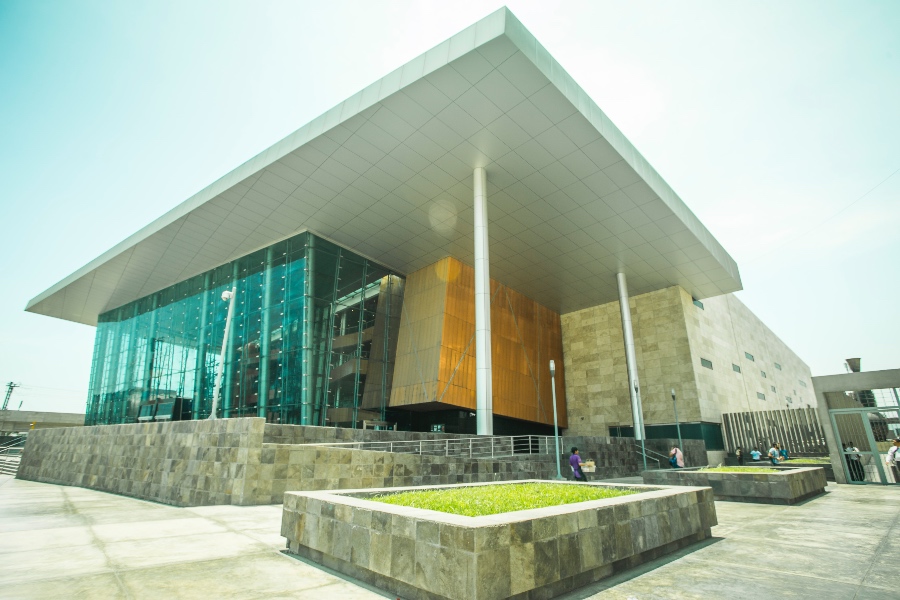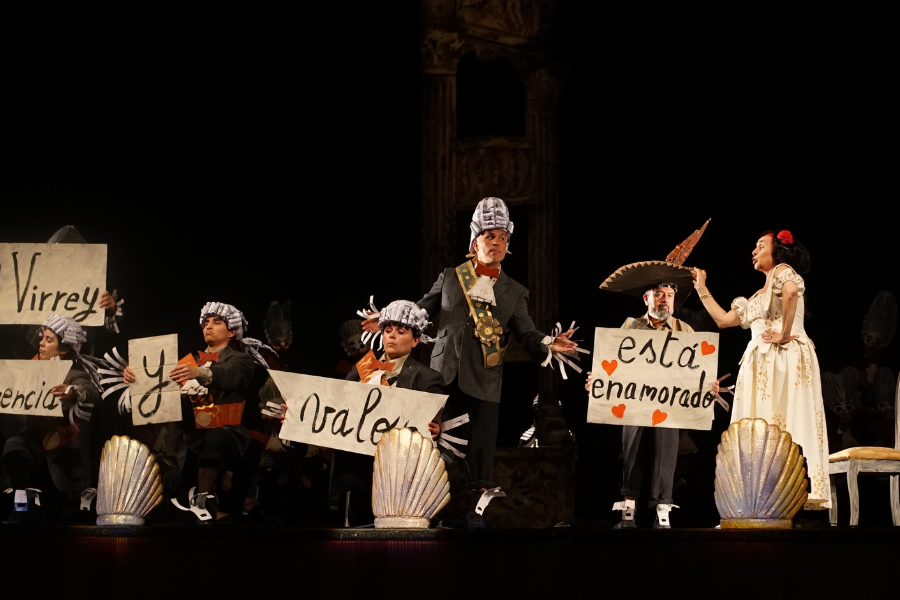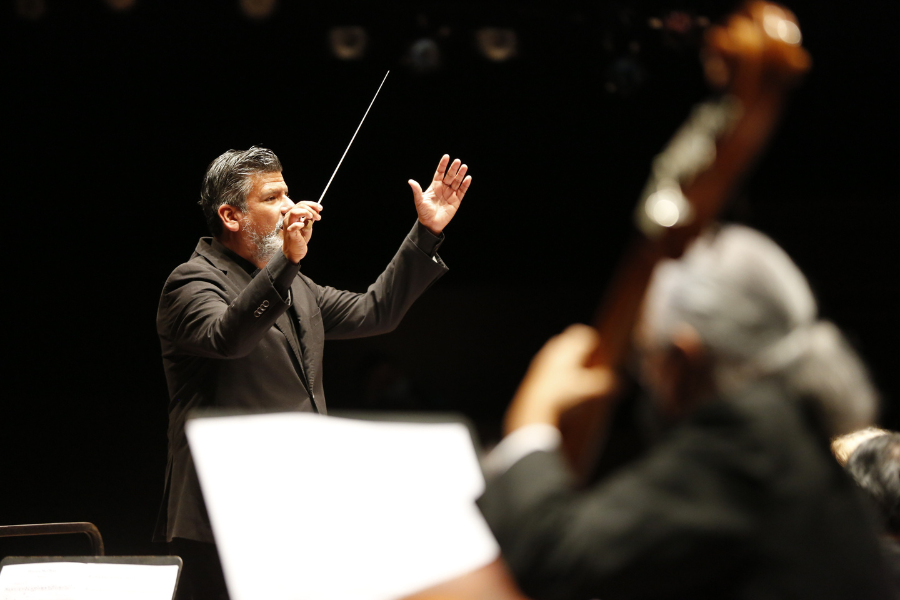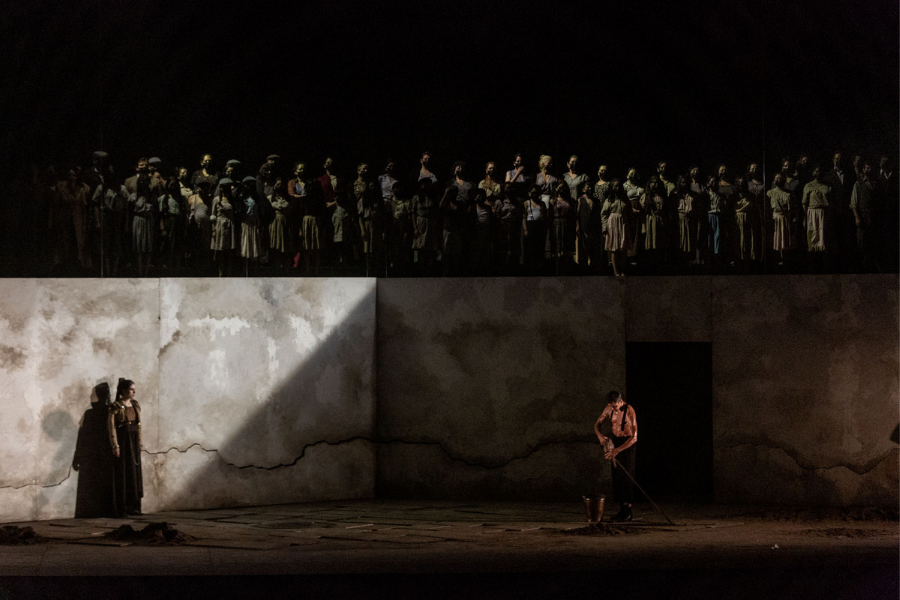Interesting results of the first study of digital audiences of the Gran Teatro Nacional de Perú

In March of this year, the Gran Teatro Nacional de Perú inaugurated the digital platform GTN en Vivo and, in parallel, developed the «Audience Study No. 1» whose objective is to know the profiles of these audiences related to the digital consumption of scenic products. The results attract attention, from 62% of visitors under 35 years of age, strong presence in countries such as Spain and the United States; and 42% of new audiences who have never visited the Theater in person.
In March of this year, the Gran Teatro Nacional de Perú inaugurated the GTN en Vivo digital platform, where it has made all its artistic production available for free since 2012. This initiative is about an action plan created by the Teatro a starting from the cancellation of public shows and other activities, as a preventive measure against the advance of COVID-19 in the world.
«The pandemic arrives and the challenge is not to lose contact with the public. That was the main engine to enter the digital universe with the platform,» says Melissa Giorgio, Coordinator of the Public Area of the Gran Teatro Nacional de Perú.
Parallel to the launch of the platform, the Theater developed «Audience Study No. 1», the first of a series of similar publications, which aims to find out the profiles of audiences related to the digital consumption of stage products. «The importance of having to measure our actions to make better decisions is always mentioned, but above all it is to know who we are reaching and how we are reaching,» adds Giorgio.
The results
Within the study, you can find interesting information about the new digital audiences that are developing around the performing arts. Next, we will review some of the most interesting points such as gender, age, location and preferences in the visualization of the content.
Gender
Within the analyzed period (March 27 to May 12, 2020, with a total of 204,000 views), a low difference was identified in the sex of the people who accessed the content, with 54% of visitors being men and 46 % women.
Although at first this difference seems to be smaller, this data – understood in the current context, where the digital gender gap in Peru is 12% to the detriment of women – reveals inequities in access and enjoyment for the performing arts by digital pathways.
These numbers, in turn, differ from the previous data they had in the Theater, with respect to face-to-face activities.
Age
With regard to age, visiting audiences tend to be especially young between 18 and 34 years old, since 62% of the visits made correspond to men and women in that age range. Of these, the group of young people between 25 and 34 years old is particularly relevant, representing 33.5% of the visits received.
These numbers correspond to the trend that digital consumption is carried out preferably by young audiences, who are more likely to be familiar with the digital plane and for this reason would be likely (or even more likely) to consume audiovisual products and cultural content by these routes.
“This for us represents a challenge and also an opportunity, because it means seeing how we do to consolidate the segment of young audiences through mediation and programming strategies, but at the same time, how we do to integrate older audiences in the digital format ”, Assures Claudia Manrique, Head of the Community Area at the Gran Teatro Nacional de Perú.
Geography
One of the most relevant aspects in the implementation of a digital platform is its potential to transcend the geographical areas that are involved in a context of cultural consumption in person in Lima, such as the Gran Teatro Nacional. In this sense, GTN En Vivo allows a first important approach to the public in regions of Peru, among which the departments of La Libertad, Arequipa, Cusco and Lambayeque stand out. With regard to audiences from other countries, the connection with audiences that belong to the Latin American region or those with a strong presence of a Spanish-speaking population, such as Spain, the United States, Mexico, Argentina and Colombia, stands out in this first stage.
Tendency of the public in the visualization of contents
Within the information collected, it is indicated that the first 24 hours are crucial for the scope, distribution and impact of audiovisual content in performing arts promoted by the GTN En Vivo platform, since 82.3% of the study participants affirm that access the moment it is published (58.35%) or in the following hours after its publication (23.78%).
This allows us to infer that the active life time of audiovisual content on the platform is relatively short, since only 17.88% of participants claim to have seen the content the next day or days after it was published.
From the foregoing, it follows that the decision regarding the date and time of the content launch is of the utmost importance to maximize its potential impact on audiovisual platforms.
Final thoughts
In addition, during the data update carried out after the month of May (there is not yet a compilation), a fact was discovered that drew powerfully attention: 42% of those surveyed had never attended the Gran Teatro Nacional de Peru in person. For Claudia Manrique, this «is a new challenge that arises for us. How are we going to do so that those audiences that are accessing our content, that are beginning to interact with us from the digital point of view, can eventually be our audiences and, additionally How can we continue to deepen the relationship with these new audiences ”.
By 2021, the Gran Teatro Nacional intends to consolidate its commitment to digital content. This decision is made after analyzing what has been achieved throughout these months of implementation, where the GTN en Vivo platform has achieved 361,654 views (data updated until August 27), 79,051 on YouTube and the premieres on Facebook have reached 405,232.
You can review the complete study in the following link.
You can also check the presentation by Melissa Giorgio, Coordinator of the Public Area of the Gran Teatro Nacional de Perú, and Claudia Manrique, Head of the Community Area at the same institution. This was carried out within the framework of the OLA Lab talk «Public of culture: changes and projections»:





